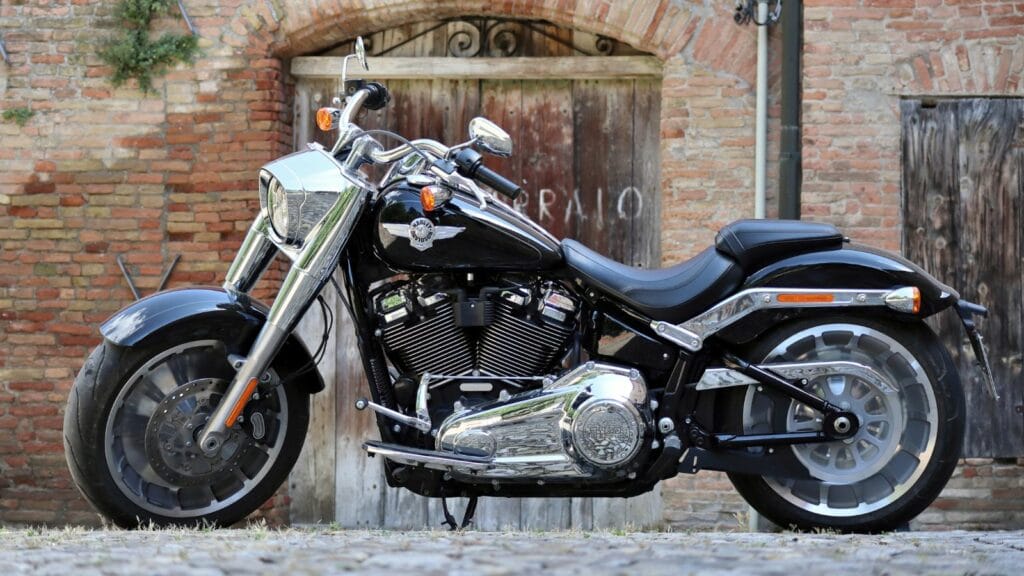Harley-Davidson has long stood as one of the most recognized motorcycle brands in the world, with a loyal following and an image built on freedom, chrome, and the open road. But even with all that prestige, not every Harley is a financial winner. Some models were produced in huge numbers, others missed the mark with styling or performance, and a few simply never caught on with traditional Harley riders. The result? A handful of bikes with resale values that make owners cringe. Expanded with more context, here are thirteen Harley-Davidson motorcycles that struggle the most when it comes time to sell.
Harley-Davidson Street 500
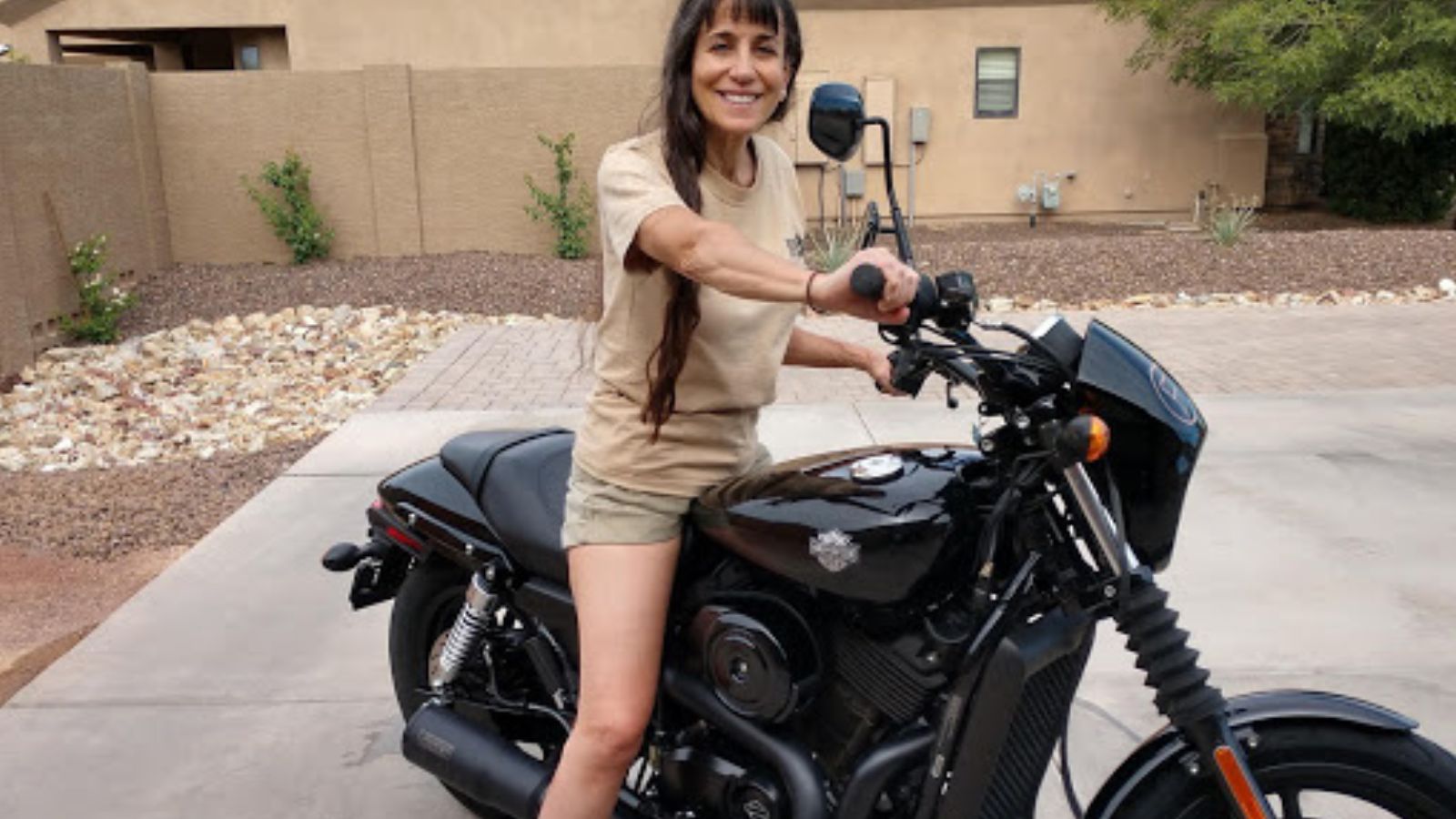
The Street 500 was Harley’s attempt to lure new riders with an affordable, approachable bike. Built in India for global markets, it offered lightweight handling and a small-displacement engine. Unfortunately, it didn’t feel like a Harley. Riders criticized its lack of character, cheap materials, and plain styling. Dealerships often used them as entry-level trainers, which meant the used market was flooded with low-value examples. Resale values tanked because enthusiasts rarely wanted them, and casual riders often moved on quickly.
Harley-Davidson Street 750
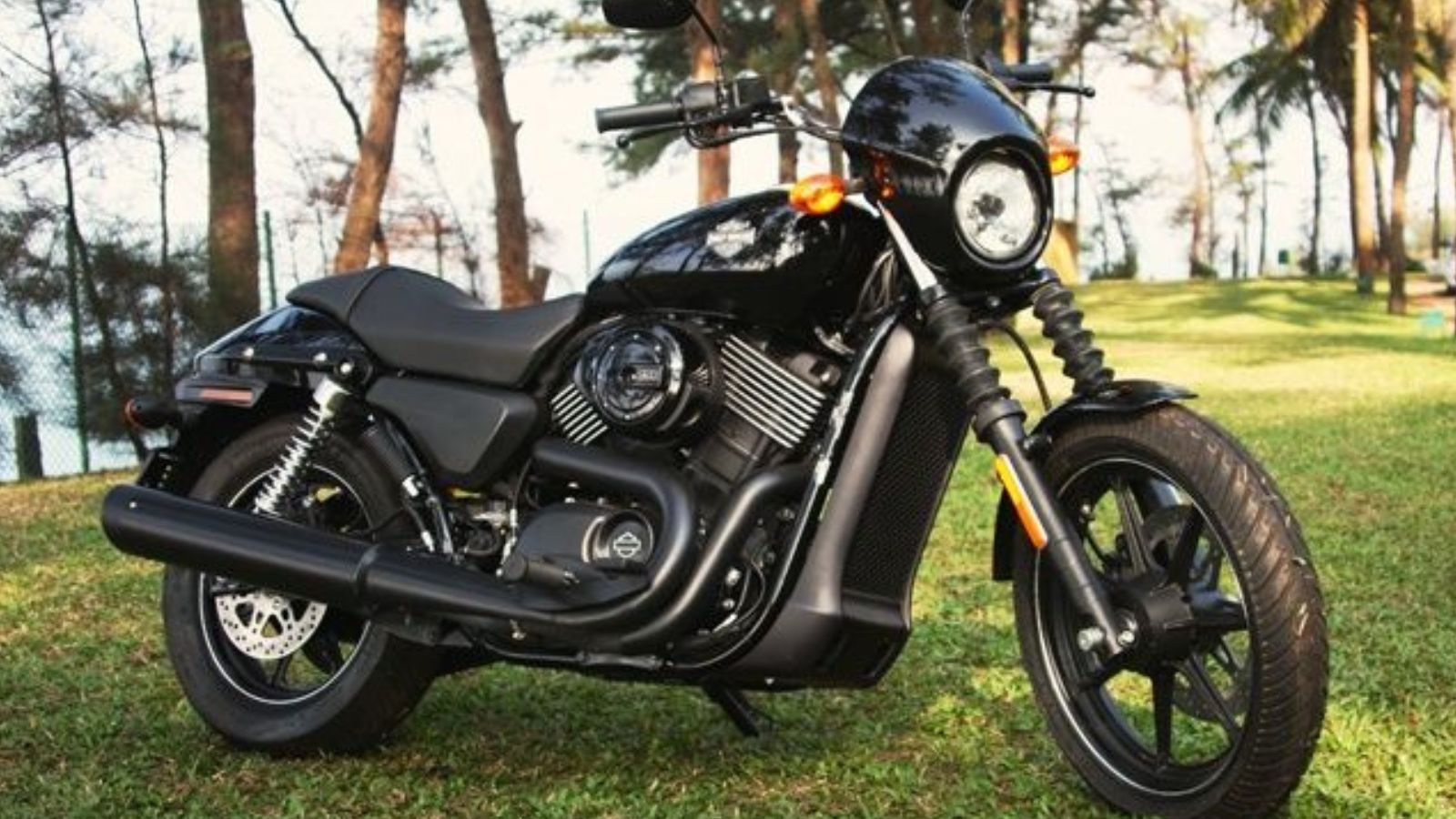
Launched alongside the Street 500, the Street 750 was supposed to add power while keeping the low price point. While it handled city traffic well, its cooling system and uninspiring design alienated Harley purists. Its short production run and eventual discontinuation sealed its fate as a depreciation-heavy model. Today, used Street 750s can often be found at bargain-bin prices, far below comparable Japanese middleweights, proving that even Harley’s name couldn’t save it.
Harley-Davidson V-Rod
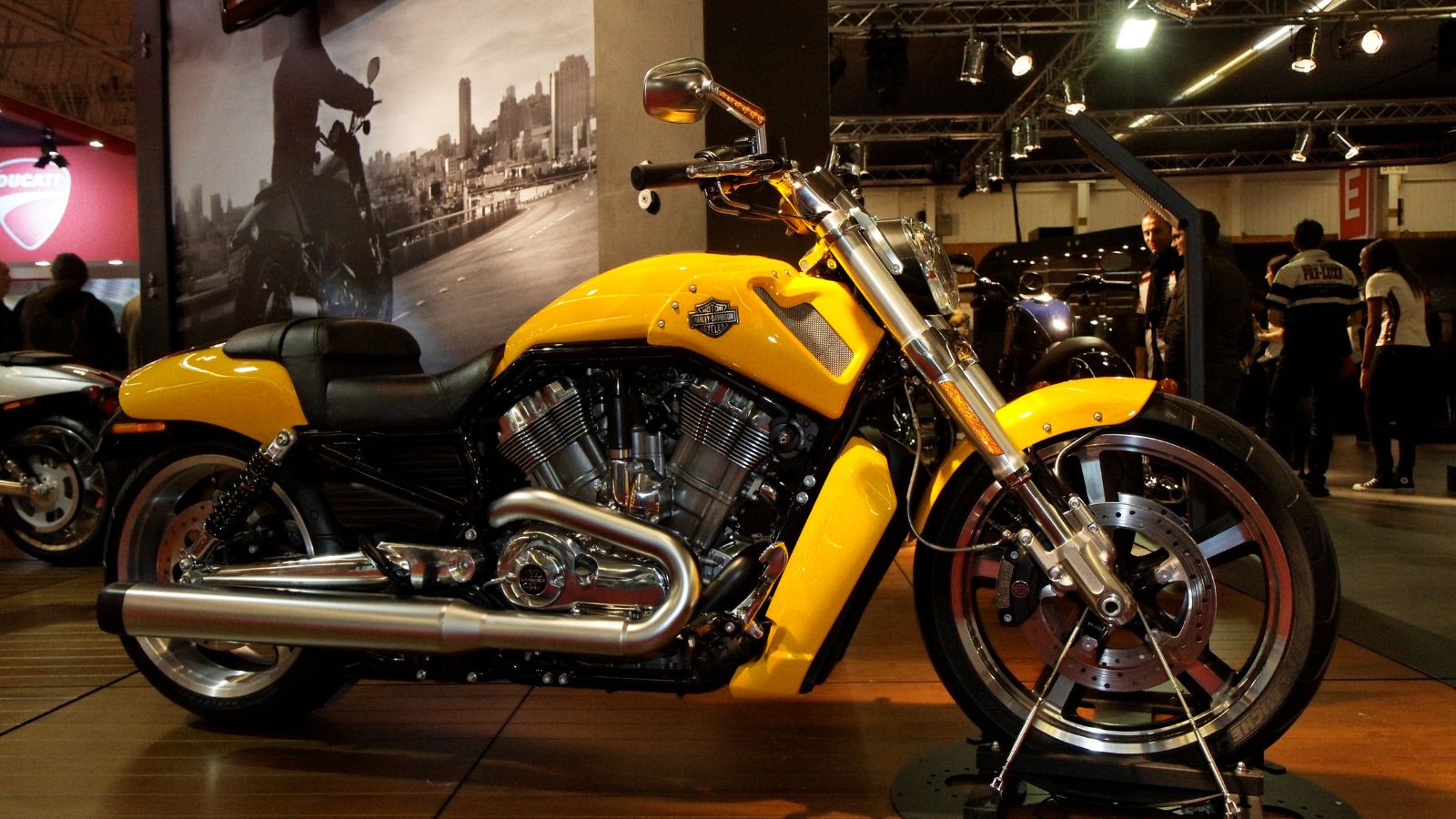
The V-Rod is one of Harley’s boldest experiments. Introduced in 2001 with a Porsche-designed Revolution engine, it was meant to modernize Harley’s image with muscle-bike styling and high-revving performance. While some riders loved its drag-strip presence, many traditional Harley fans dismissed it as “not a real Harley.” Its water-cooled design and futuristic looks clashed with the brand’s heritage. As a result, resale values never reached the levels of Harley’s big cruisers or touring bikes, even though the V-Rod offered impressive performance.
Harley-Davidson Sportster 883

The Sportster 883 has been the entry point into Harley ownership for decades. Affordable, approachable, and simple to ride, it introduced countless riders to the brand. The downside? There are simply too many of them. Oversupply on the used market keeps resale values low. Many owners outgrow the 883 quickly and trade up to larger Harleys, leaving the market saturated. While dependable, it’s seen as a beginner’s bike, which makes it less desirable long term and keeps resale prices modest.
Harley-Davidson Road Glide Ultra (Certain Years)
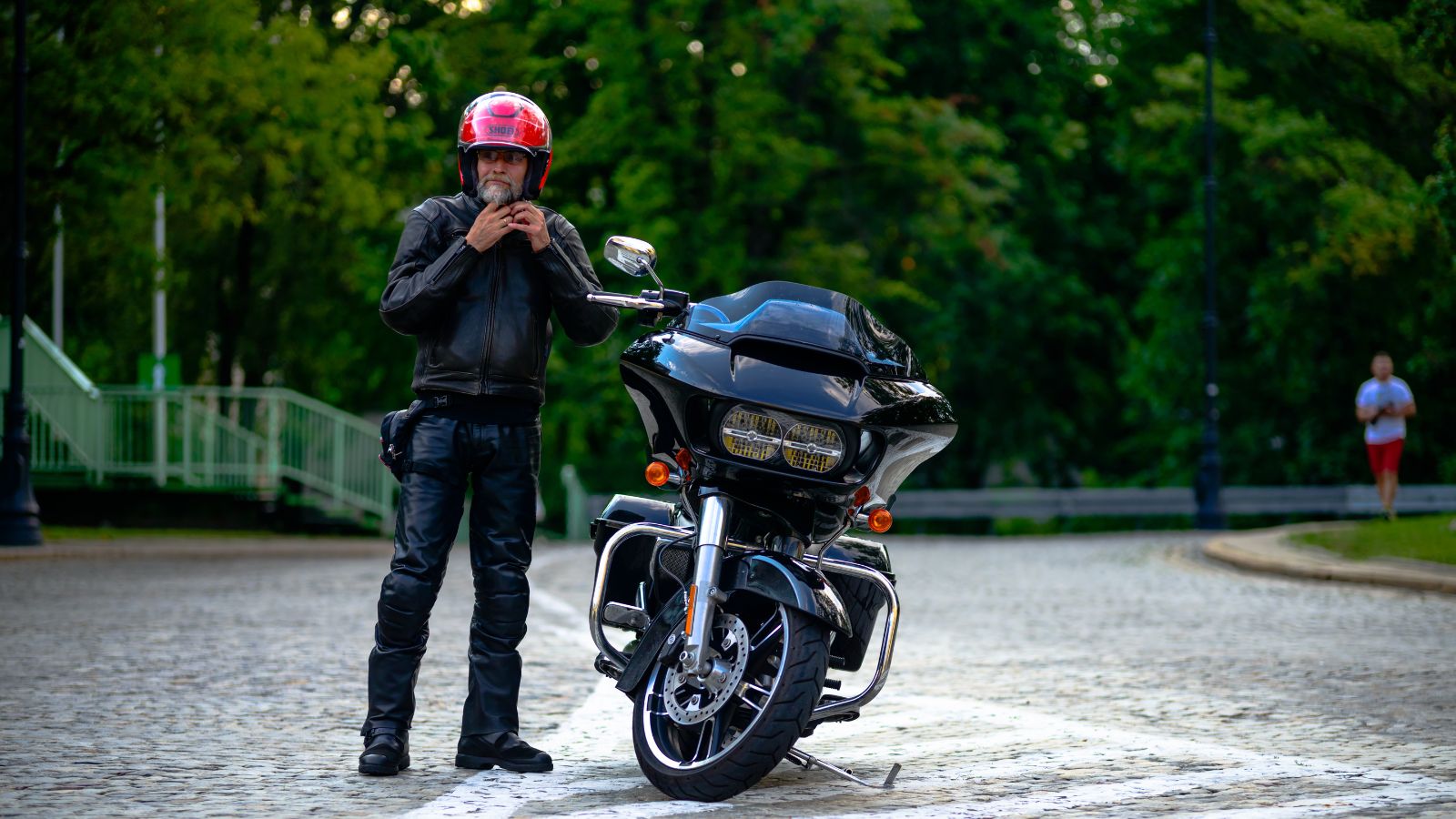
The Road Glide Ultra is a serious touring bike, but not every generation has held its value equally. Older Twin Cam versions, in particular, suffer from depreciation because buyers prefer the newer Milwaukee-Eight engines and updated tech. Touring riders tend to want the latest features—infotainment, better comfort, and refined powertrains—so older Ultras linger on the used market. While still competent machines, their resale value lags behind more modern models.
Harley-Davidson Electra Glide Standard
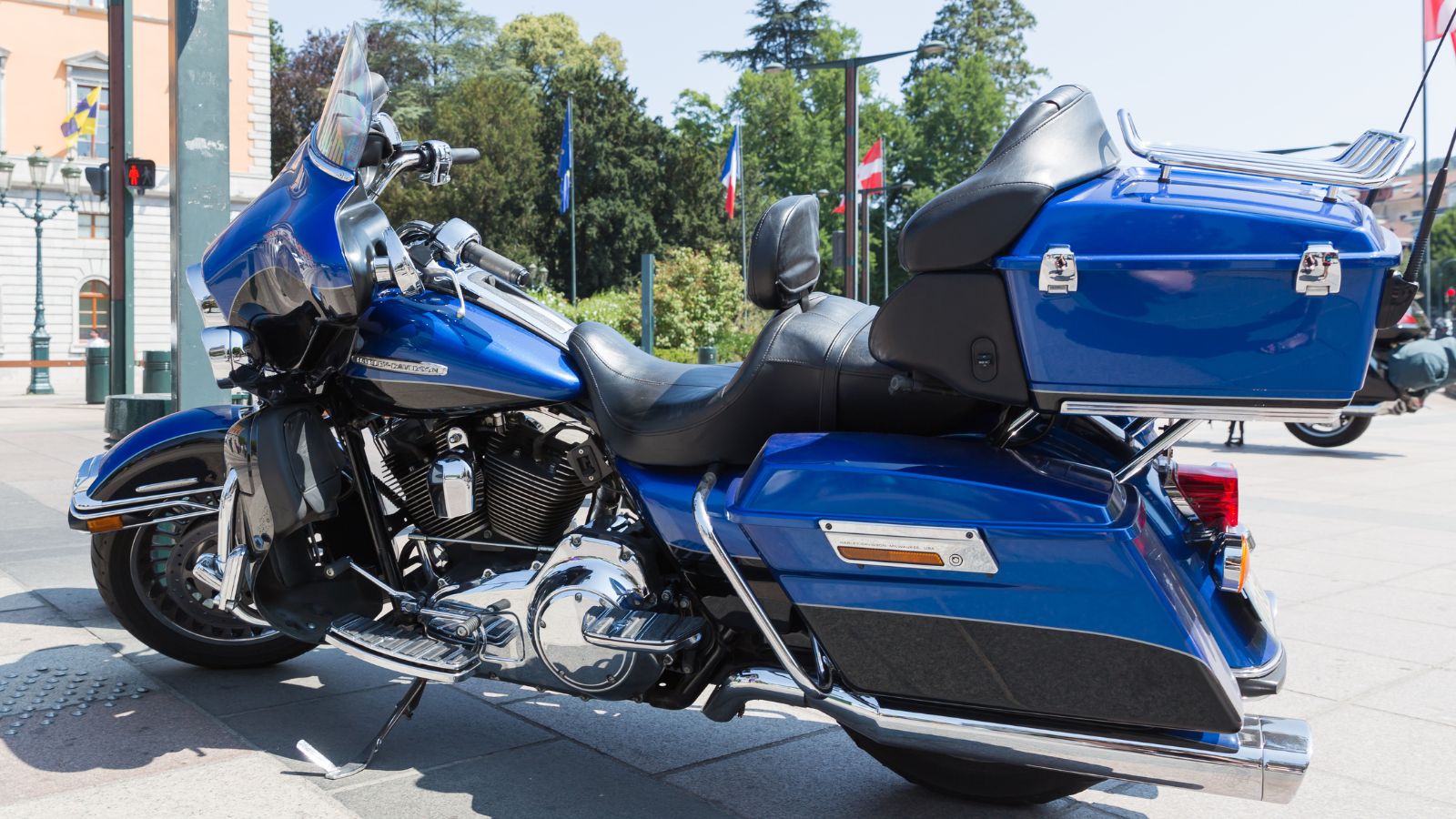
The Electra Glide Standard is essentially a stripped-down version of Harley’s touring lineup. While it appealed to riders who wanted a blank canvas for customization, most buyers in the touring segment prefer fully loaded machines with bells and whistles. As a result, resale demand for the Standard has always been weak. It does the job, but in a market dominated by luxury-minded touring buyers, it feels plain—and its resale reflects that.
Harley-Davidson Dyna Wide Glide
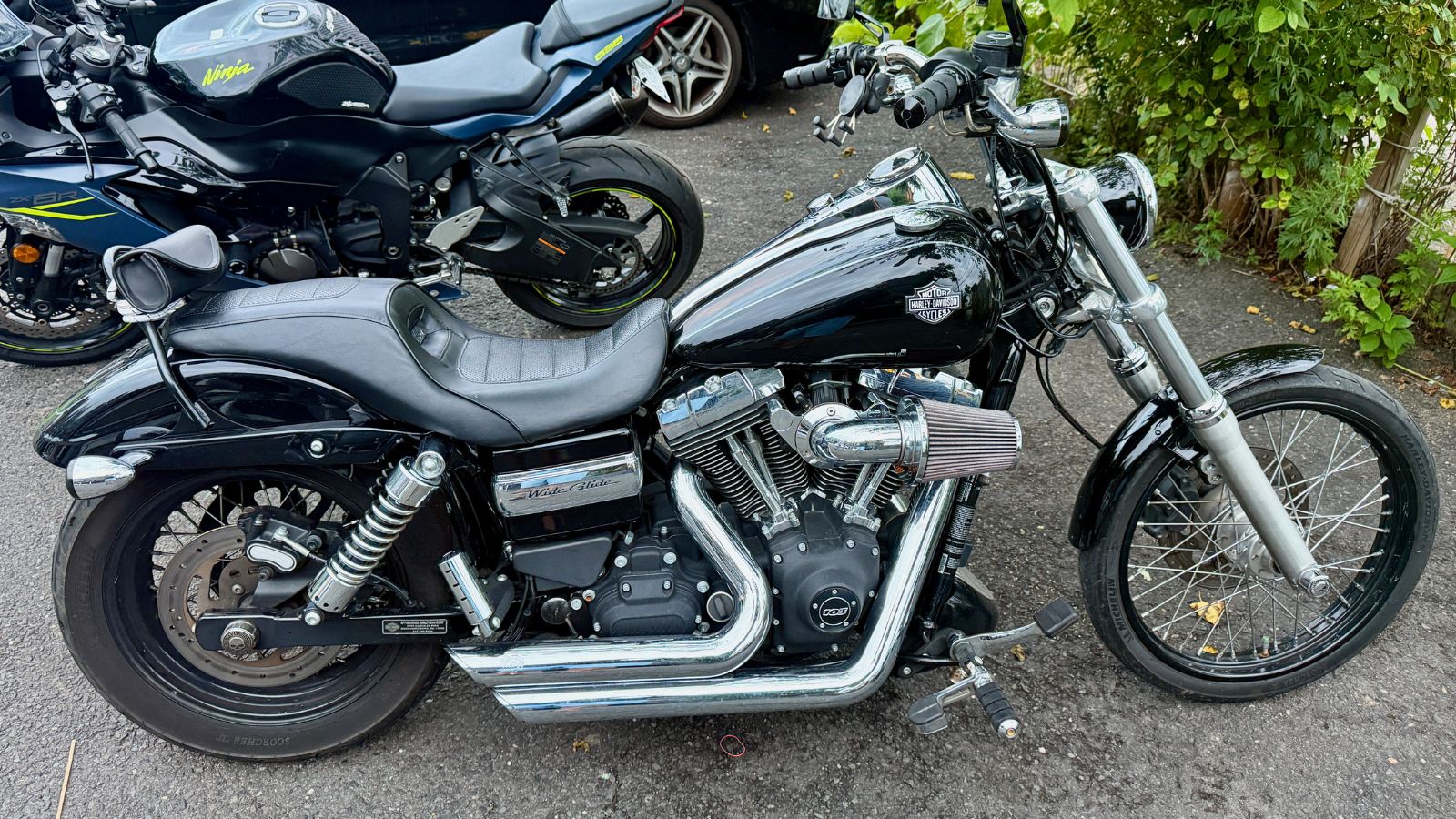
The Wide Glide had flash and presence, with its stretched forks, big front wheel, and chopper-inspired looks. For a while, it turned heads, but as chopper styling fell out of fashion, so did its demand. The Dyna family as a whole has a strong following, but the Wide Glide is often overlooked compared to more versatile Dyna models like the Street Bob or Fat Bob. This leaves resale values lagging, especially for stock examples without custom work.
Harley-Davidson Buell Blast (Harley-Owned Brand)
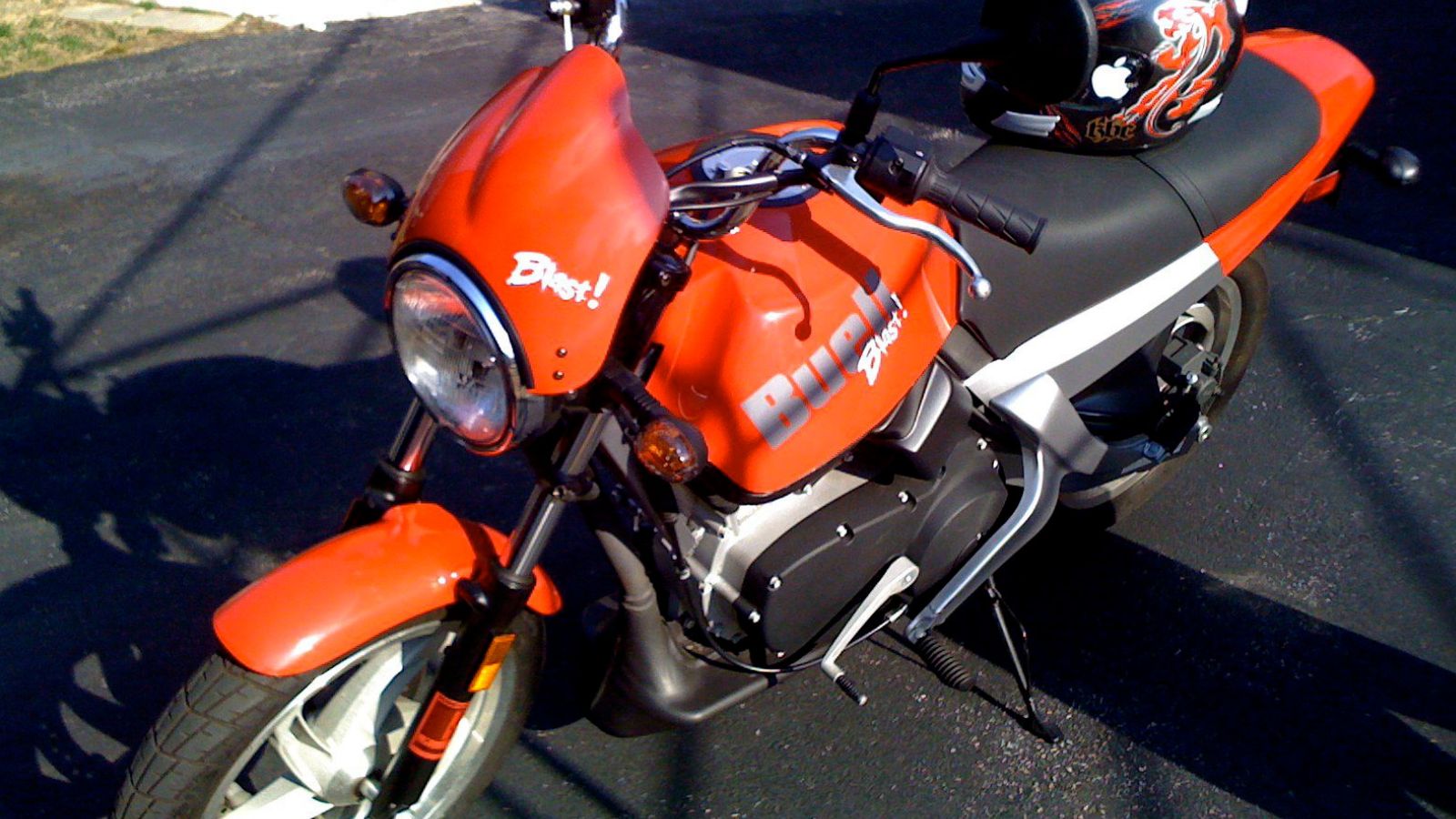
The Buell Blast was Harley’s way of offering a cheap entry-level bike through its Buell subsidiary. Used in many Harley rider training courses, it was intentionally simple and underpowered. Unfortunately, its styling and performance left little to get excited about, even for beginners. The Blast was often seen as disposable rather than collectible. On the used market, they’re among the cheapest ways to get something tied to Harley, but resale values are rock-bottom.
Harley-Davidson Street Rod 750
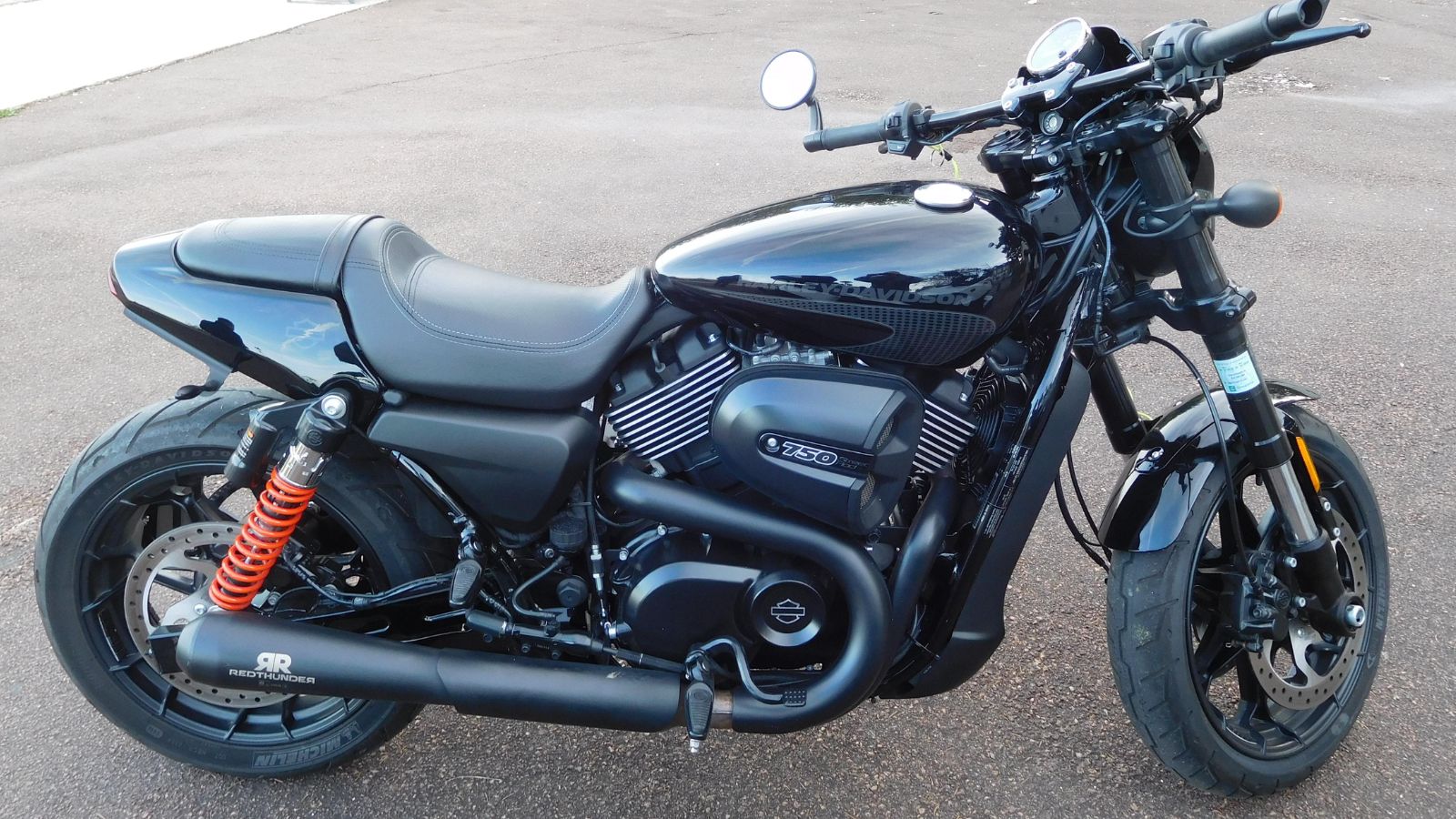
The Street Rod was meant to inject performance into the Street lineup, with a more aggressive riding position and better suspension. Unfortunately, its cramped ergonomics and harsh ride alienated both new and experienced riders. Like the rest of the Street family, it failed to resonate with Harley’s core audience and was discontinued. On the used market, it sells for far less than its original price, proving how weak its long-term appeal has been.
Harley-Davidson Fat Boy (Certain Years)
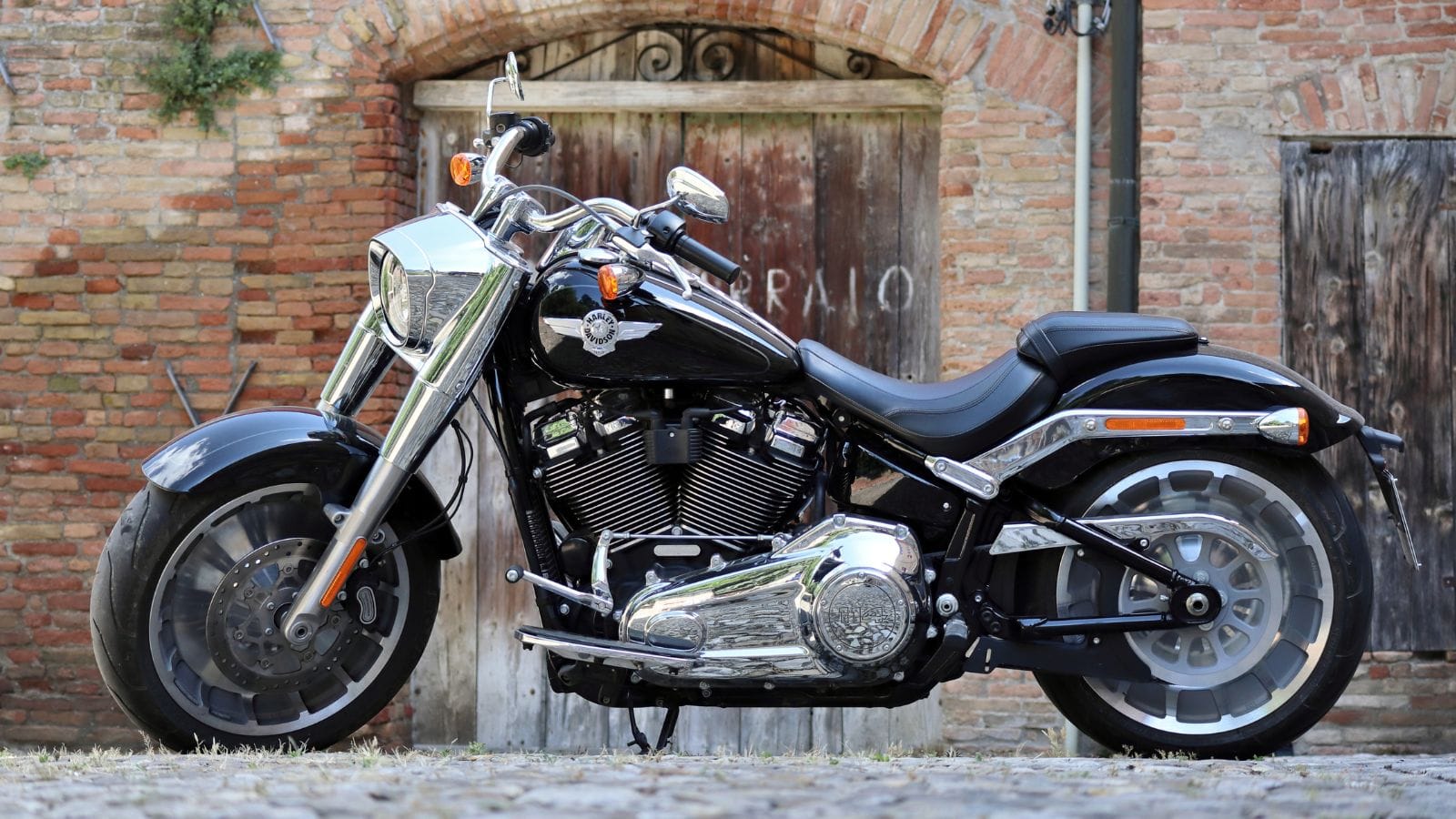
The Fat Boy is one of Harley’s most recognizable models, but not every year has held up well. Older Evo and Twin Cam models, produced in high numbers, often sell cheaply compared to newer versions with the Milwaukee-Eight engine. The market is saturated with used Fat Boys, and while the name is iconic, oversupply drags values down. Buyers looking for a Fat Boy often skip the older ones, preferring updated models that deliver smoother performance.
25 Facts About Car Loans That Most Drivers Don’t Realize

Car loans are one of the most common ways people fund car purchases. Like any other kind of loan, car loans can have certain features that can be regarded as an advantage or a disadvantage to the borrower. Understanding all essential facts about car loans and how they work to ensure that you get the best deal for your financial situation is essential. Here are 25 shocking facts about car loans that most drivers don’t realize:
25 Facts About Car Loans That Most Drivers Don’t Realize
